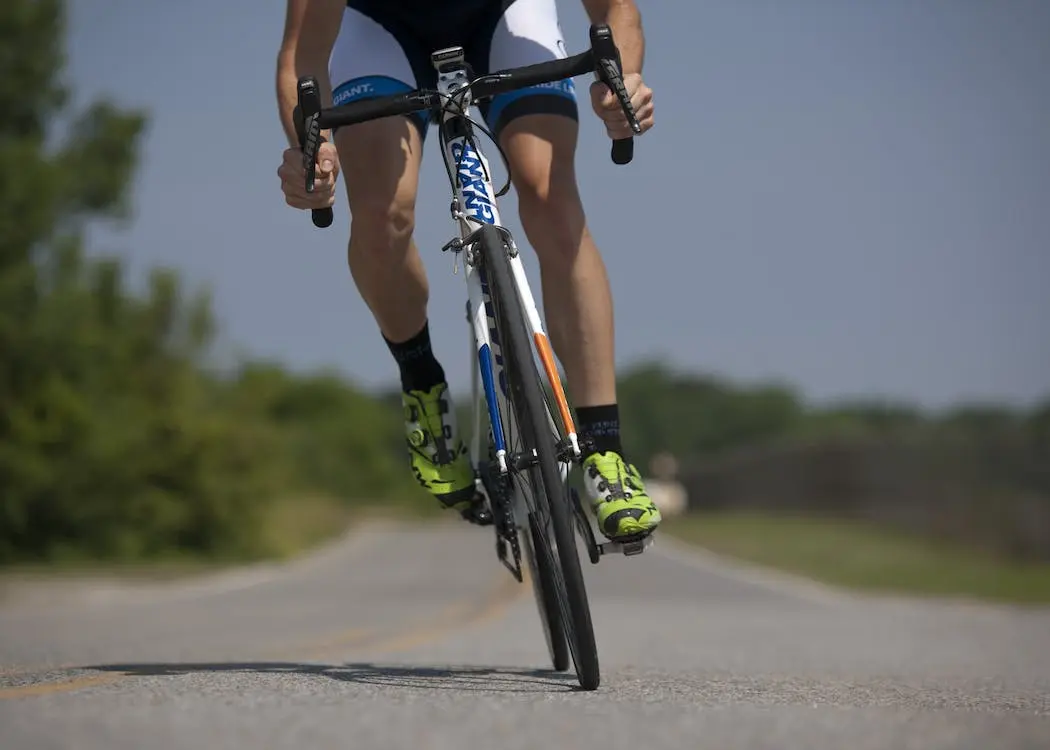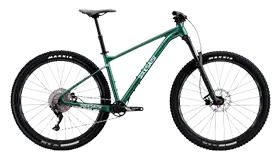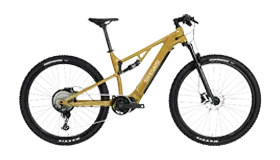Your Guide to Mountain Bike Tire Pressure: Conquering the Trails with Confidence
Mountain biking is an exhilarating sport that takes riders through diverse terrains, from smooth single tracks to rugged rock gardens. To conquer these challenges with confidence and control, tire pressure plays a crucial role. Understanding and adjusting tire pressure according to the terrain and riding style can significantly enhance your mountain biking experience.
The Science Behind Tire Pressure
• Tire pressure is measured in pounds per square inch (PSI) and refers to the air pressure inside the tire. The ideal tire pressure varies depending on several factors, including:
• Tire Size: Larger tires generally require lower pressure than smaller tires.
• Rider Weight: Heavier riders typically need higher pressure to support their weight.
• Terrain: Rough terrain demands lower pressure for better traction, while smoother surfaces benefit from higher pressure for efficiency.
• Riding Style: Aggressive riders may prefer lower pressure for increased grip, while casual riders might opt for higher pressure for reduced rolling resistance.
Finding Your Ideal Tire Pressure
The best way to determine your ideal tire pressure is through experimentation and observation. Start with a base pressure recommended by your tire manufacturer or a reputable source. Adjust the pressure slightly and ride on different terrains to assess the impact on performance.

General Tire Pressure Guidelines
For a starting point, consider these general tire pressure guidelines:
• Cross-Country (XC): Front: 20-25 PSI, Rear: 25-30 PSI
• Trail/All-Mountain: Front: 22-28 PSI, Rear: 26-32 PSI
• Enduro/Downhill: Front: 25-30 PSI, Rear: 28-35 PSI
Tips for Adjusting Tire Pressure
• Use a reliable tire gauge: An accurate gauge is essential for precise pressure readings.
• Check pressure before each ride: Tire pressure can fluctuate due to temperature changes, so regular checks are crucial.
• Bleed excess air: If your tire pressure is too high, slowly release air until you reach the desired level.
• Add air using a pump: If your tire pressure is too low, add air using a compatible pump.
Benefits of Optimal Tire Pressure
Maintaining optimal tire pressure offers several benefits:
• Enhanced Traction: Proper pressure improves grip on the ground, especially in loose or slippery conditions.
• Improved Handling: Well-adjusted tires provide better control and responsiveness, especially when cornering or maneuvering obstacles.
• Reduced Rolling Resistance: Higher pressure reduces friction between the tire and the ground, leading to smoother rolling and better efficiency.
• Reduced Tire Wear: Optimal pressure minimizes wear and tear on the tire, extending its lifespan.
Conclusion
Tire pressure is a critical factor in mountain biking performance, safety, and enjoyment. By understanding the principles behind tire pressure and experimenting to find your ideal settings, you can conquer the trails with confidence, control, and a smooth ride. Remember, safety should always be your top priority, so ride within your limits and wear appropriate protective gear. Enjoy the thrill of mountain biking and explore the wonders of nature, one perfectly pressured tire at a time!










